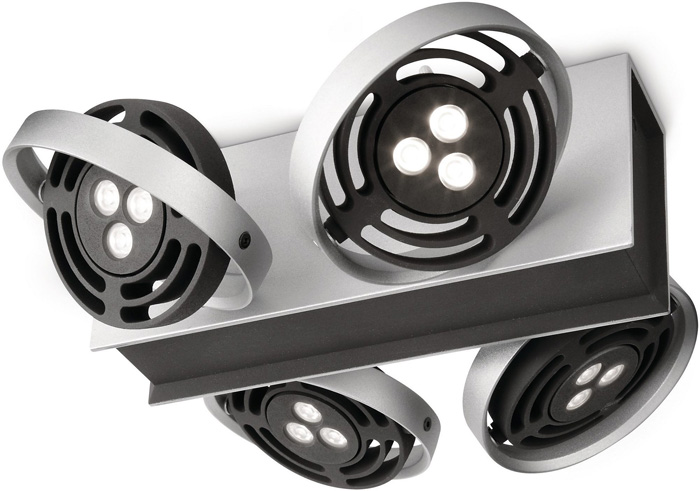LED technology just took the first step in the LED emergency lighting area. Advanced driver designs, emergency feature selections and sophisticated lamp body structure designs are all waiting for further development and innovation. Especially in the LED emergency lighting standards and reliability, our current technologies are still far behind international advanced technologies. Difficulties are:
LED packaging technology: a reasonable LED package structure is a technological key point to improve the light extraction efficiency and the photoelectric conversion efficiency of LED Tube Light sources. Making reasonable LED structure designs to achieve a minimum light attenuation and meet cooling and design requirements of LED emergency lighting applications is a difficult point.

LED cooling technology: the cooling problem of LED package has become the main obstacle that restricts the development of high-powered LED lighting products. In order to effectively solve cooling problem of high-powered LED applications, engineers need to use materials with high thermal conductivity and low deterioration.
Secondary lighting distribution technology: the most important parameter of LED emergency lighting applications is to meet the requirement of both general indoor lighting and emergent lighting. Average luminance, luminance uniformity and working time are three major parameters. Through the secondary lighting design, combined with the LED Flood Light -emitting characteristics, engineers need to design package structures that meet the requirements of light distribution structure and emergency lighting basic functions.
LED intelligent control technology: Committing researches and studies of intelligent control systems and drivers in accordance with characteristics of LED light source is another difficult point of LED emergency lighting applications. Design the optimal control mode for emergency lighting applications; take study of control modes combined with all sorts of sensors to achieve multiple intelligent controls.
Innovations:
Light source design: using metal substrates or ceramic substrates with high thermal conductivities; using watt-level power-type LED chips or small integrated chips; making emergency lighting white-ray sources via sapphire chips + phosphors and the RGB mixing technology.
Optical design: LED can send out strong directional light, the optical design of LED is relatively difficult than traditional light sources. According to the light distribution characteristic, by optimization of lens and reflectors, designers can change the transmission path and direction of LED light, improving the luminous efficiency of LED emergency lighting products.
Cooling technology of LED lamps: cooling problems can be easily solved by using new materials and construction designs. Applying heat pipe with eutectic technology, directly connecting conductivity materials with LED chips can effectively conduct heat, and consequently extend the service life.
